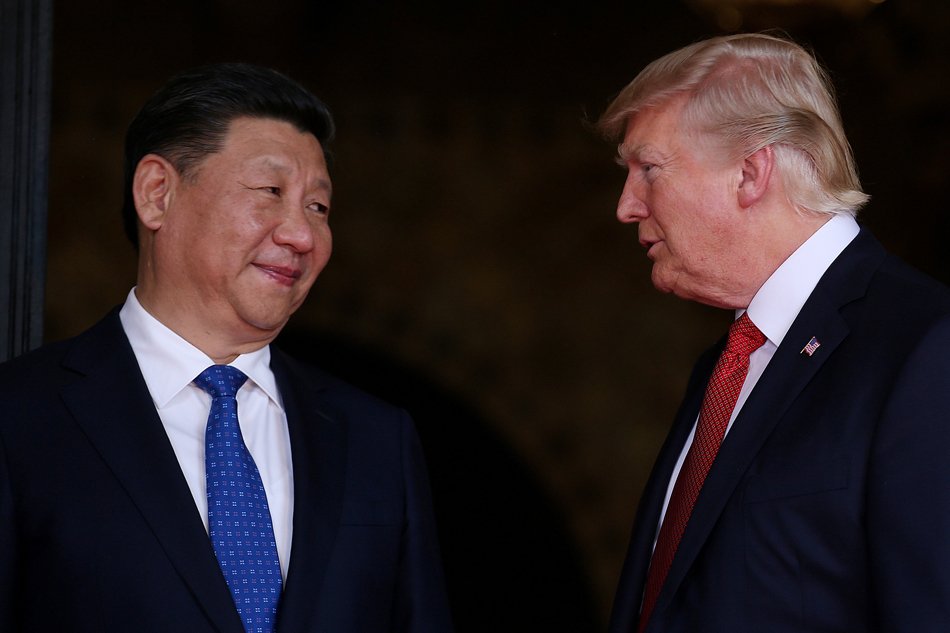President Donald Trump has confirmed that the United States and China have reached a final agreement to restore their trade war truce after two days of high-level negotiations in London. The breakthrough revives a previous deal struck in Geneva last month that had faltered amid disputes over rare earth exports and U.S. technology restrictions.
Trump shared the news on his Truth Social platform, stating:
“OUR DEAL WITH CHINA IS DONE, SUBJECT TO FINAL APPROVAL WITH PRESIDENT XI AND ME.”
He added that the new agreement includes an upfront commitment from China to supply rare earth materials—critical components used in defense, electronics, and renewable energy sectors.
The renewed trade understanding marks a significant shift from previous tensions, particularly surrounding U.S. export controls on semiconductor technology. While Trump made no direct mention of chip restrictions, a senior White House official indicated earlier this week that easing those limits could be on the table if China followed through on accelerating rare earth exports.
The agreement reportedly includes provisions allowing Chinese students to continue studying at U.S. universities, a topic that had come under scrutiny amid broader visa crackdowns.
A Shift from Biden-Era Trade Policy
The deal signals a departure from former President Joe Biden’s “small yard, high fence” strategy, which focused on tightly restricting China’s access to U.S. technologies. Under the Trump administration’s revised approach, trade rebalancing is back at the forefront.
Treasury Secretary Scott Bessent, who testified before the Senate on Wednesday, emphasized the potential impact of the agreement:
“If China upholds its side of the deal from Geneva, we could see a big, beautiful rebalancing between the world’s two largest economies.”
Chinese Vice-Minister of Commerce Li Chenggang echoed the positive tone, calling the London talks “rational, in-depth, and candid.” He expressed optimism that the progress made would help rebuild trust between Beijing and Washington.
Market Reaction and Economic Signals
Financial markets responded positively to the news. China’s CSI 300 index gained 0.8%, and the S&P 500 in the U.S. edged up by 0.1%, reflecting cautious optimism about a cooling of trade tensions.
The London negotiations—held at Lancaster House, just steps from Buckingham Palace—focused on reviving the Geneva ceasefire. That original agreement included plans to slash tariffs by a combined 115 percentage points and provided a 90-day window for deeper talks.
However, the truce was soon tested. The U.S. accused China of delaying rare earth shipments, while China criticized new American export controls and retaliatory measures, including restrictions on Huawei chip use and visa cancellations for Chinese students.
Delegation and Negotiating Groundwork
The U.S. delegation in London included Treasury Secretary Scott Bessent, Commerce Secretary Howard Lutnick, and U.S. Trade Representative Jamieson Greer. China’s team was led by Vice-Premier He Lifeng. Talks focused on ensuring that rare earth supplies and U.S. tech policy would not derail the broader bilateral trade reset.
Before these talks, Bessent had warned that high mutual tariffs were creating a de facto embargo, and trade data supported his concerns. Chinese exports to the U.S. in May recorded their steepest year-over-year drop since the height of the COVID-19 pandemic in 2020.
Tariff Developments and Legal Action
Meanwhile, a U.S. federal appeals court ruled Tuesday in favor of maintaining some of Trump’s signature tariffs—particularly the “liberation day” levies—while legal review continues. This decision allows Trump to continue implementing his tariff agenda, including targeted measures against China, Mexico, and Canada, although broader “reciprocal” tariffs remain on a 90-day pause.
Conclusion
The new U.S.-China trade agreement, pending final approval by both Trump and Chinese President Xi Jinping, represents a major development in global economic diplomacy. It reopens vital supply chains and may recalibrate U.S. trade strategy going forward, with rare earth materials at the center of strategic and commercial interests.
The coming days will test whether the fragile truce holds—and whether the two powers can rebuild durable economic trust after years of escalating tension.
